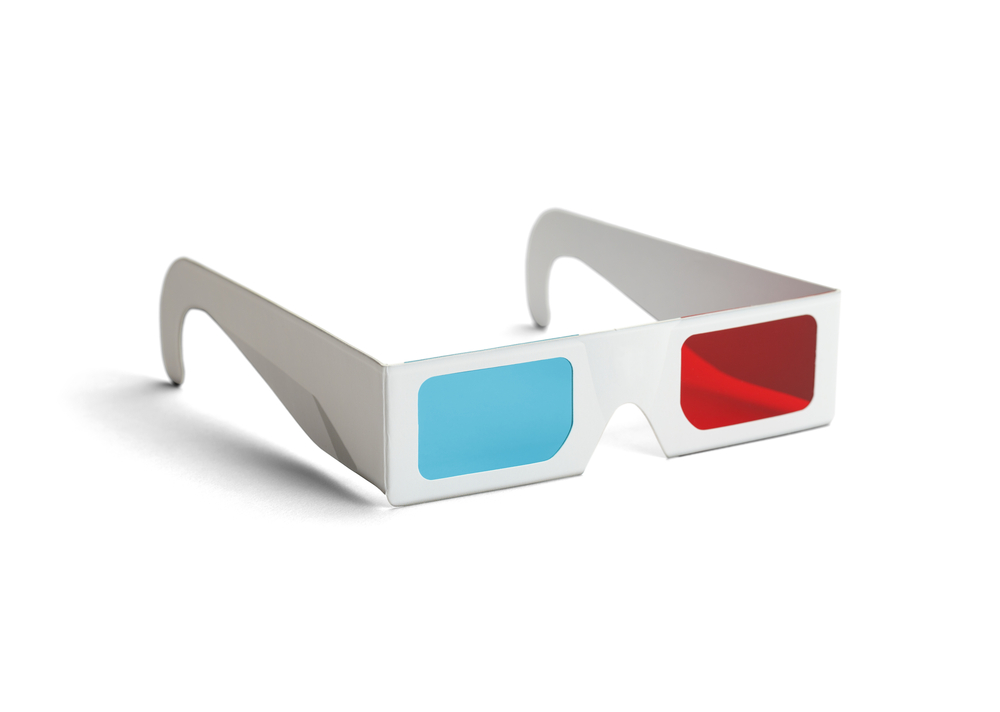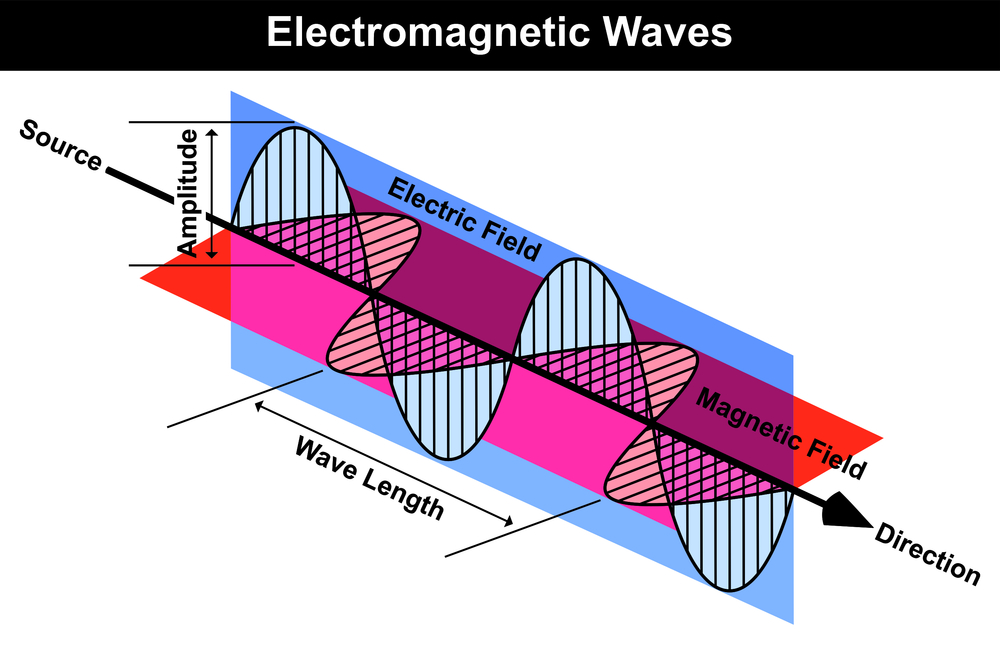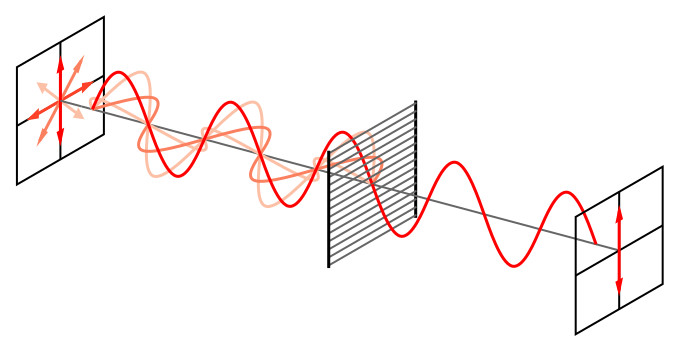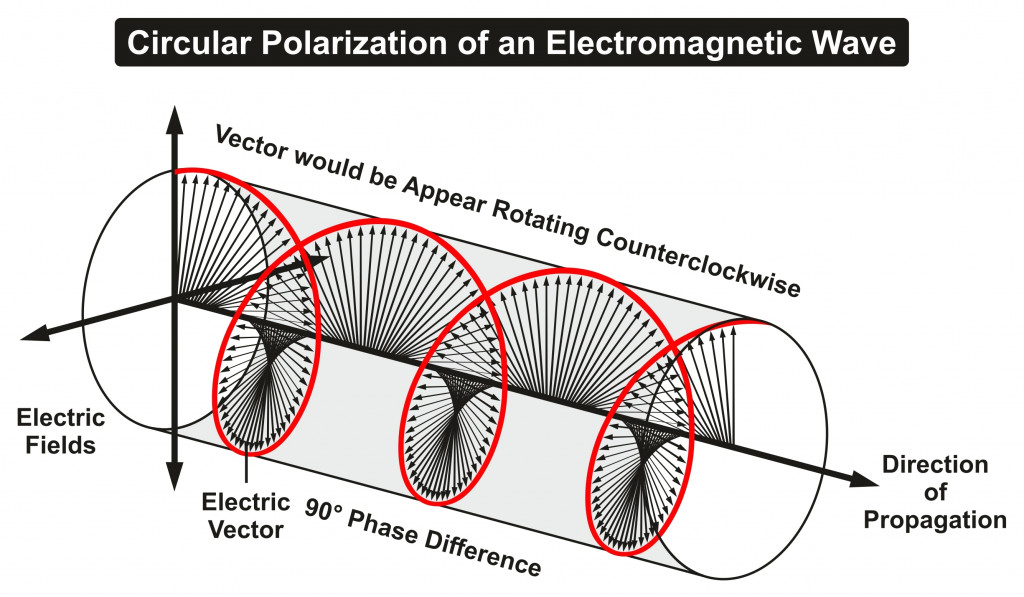Table of Contents (click to expand)
3D glasses provide two different images to our eyes that our brain uses to create a sense of depth that we see as 3D.
Whether it’s a ghost jumping from the shadows of an old house or a dinosaur running towards you through a lush forest, it always looks much more realistic (and scary!) when it happens in 3D.
3D cinematography has changed our movie experience completely—and there’s no going back! Most action or thriller movies get much more fun when we see things in the movie jumping out at us.

3D movies and thus 3D glasses have become an inseparable part of our movie-watching experience and global pop culture.
That said, what magic do these little glasses hold that makes things seem to jump out of the white screens?
How Do We See In 3D In Real Life?
Seeing in 3D is mostly about tricking your brain. Since our eyes are placed a bit apart from each other, our brain receives two different images from our eyes. These images are shifted by a very small amount from each other and our brain merges them to see a single image. Our brain perceives depth because of the separation between these two images coming from the two eyes. You can learn more about this phenomenon here.
Thus, the trick to seeing depth in the flat images presented on a movie screen is to make the brain see two different images that are shifted by a small amount from each other so that it can merge them and create the effect of depth.

This is exactly what 3D glasses do. The 3D movies shown on flat screens offer two different images with a slight shift in their perspectives. The 3D goggles make sure that our right eye perceives one of these images, while the left eye perceives the other.
Also Read: Science Of 3-D Movies: How Do Images On A Flat Screen Pop Out?
Different Types Of 3D Glasses
Now we know what 3D glasses are supposed to do, but how do they do it? Well, it depends on the type of 3D glasses you’re using. There are two primary types used in movies: Anaglyph glasses, which are the iconic blue/red glasses (they could be a combination of various other colors as well, but blue/red is the most popular combination); and Polarized glasses, which we mostly see in more modern 3D movies.
Also Read: What Are Optical Illusions?
How Do Anaglyph Glasses Work?
Anaglyph glasses have a more straightforward way of working. As mentioned earlier, two different images (slightly shifted perspectives from each other) are projected on the screen. For the Anaglyph glasses to work (in this case, it is assumed that the glasses are blue/red, but the function is the same for any combination of the colors), the two shifted images must be in the two different colors of the glasses, i.e., blue and red.

As you might have already imagined, the blue part of the glasses only lets the red light through, while the red part of the glasses only lets the blue light through.
Now that each eye is receiving a different image, the rest of the process is done by our own brain, causing us to see the image or video move in 3D.
How Do Polarized Glasses Work?
Even though Anaglyph glasses do the job in a very easy and straightforward way, they are not entirely efficient at it. Also, since they need the images themselves to be of a certain color, the quality and the colors of the picture are compromised.
Modern 3D glasses, however, make use of something known as the Polarization of Light.

What Is The Polarization Of Light?
Light is nothing but a wave of electromagnetic and electric fields. If the electric component oscillates in the vertical direction, then the magnetic component of the wave oscillates in the horizontal direction (meaning that they are always perpendicular to each other).

Now, the electric component could be in any direction (with the magnetic component perpendicular to it). The polarization of light means making the electric component only oscillate in a single direction. This is similar to creating a door through which there is only one orientation to exit.
To be more precise, making the electric component of light oscillate in only one direction means polarizing it linearly, causing Linear Polarization.

Now, suppose we start rotating this linearly Polarized light in circles; then it would become Circularly Polarized light. Circularly polarized light could be of two types – one rotating clockwise, with the other rotating counter-clockwise.

How Is Circular Polarization Used To Make 3D Images?
The two images on the screen, which were previously in two different colors, are now projected with opposite orientations of circularly polarized light. This keeps them in the same color, yet they act as two different images.
The Polarized 3D glasses act as doorways for these circularly polarized images. One part only passes the clockwise circularly polarized light, while the other part only passes the anti-clockwise circularly polarized light.
This way, our eyes receive different images, and the brain once again does the rest of the job to create an effect of depth that makes us see the movie in 3D.
Conclusion
Our brain creates the effect of depth by using two different, slightly shifted images that it receives from our eyes. The 3D glasses just ensure that our eyes receive these two images differently from a flat-screen and trick the brain into creating a depth effect that does not actually exist on the screen.
Anaglyph glasses use two different colors, while Polarized glasses use two different orientations of circularly polarized light, to make sure that our eyes receive two different images projected at the same time on the screen.
How well do you understand the article above!

